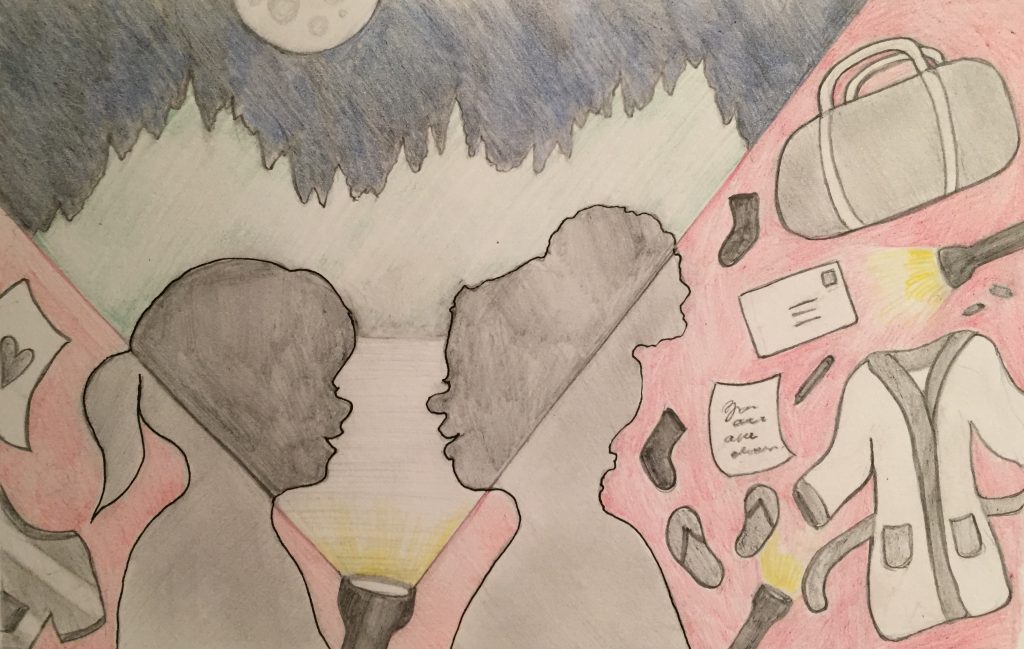
I never went to sleepaway camp as a child. I never wanted to, really, and it certainly wasn’t the sort of thing my over-protective mother would have suggested. She wouldn’t even let my sisters take candy from strangers on Halloween, opting instead to drive us to pre-arranged trick-or-treating sites, where we could trust the Kit-Kats were razor-blade-free. My mother was what is now called a helicopter parent, though that would be an understatement, I think, for her style of watchful parenting.
I always thought she went way overboard with her constant worrying. Then I had children. And I still thought it was pretty overboard. And then I sent those children to sleepaway camp.
It was the packing list that activated my anxiety. Not so much what was on the list, but what wasn’t.
“I thought the list would be longer,” I told my husband David, handing over the single–sided sheet. “Can this really be all a ten-year-old needs? For two weeks? In the woods?”
Woods make me nervous. This is mainly because I’m a city girl, but the fairytales I read as a child didn’t help. In fairytales, nothing good every happens in the woods. When kids enter the woods, witches try to eat them and wolves try to eat them and huntsman try to rip their hearts out of their chests.
“Everything she needs is on there,” said David, a veteran sleepaway camper and former Boy Scout. Despite his experience, I didn’t find this reassuring. He doesn’t really subscribe to the Boy Scout motto, “Be prepared!” He’s a classic under-packer and the few times we’ve hiked, he’s refused to carry bear spray, and only begrudgingly consented to a bear whistle.
So I decided to trust my instincts and use the camp’s packing list as a first draft, a rough outline on which to build. I wanted to benefit from the experience of other parents so I posted on Facebook, soliciting suggestions of items to add.
“A bathrobe,” one friend wrote. “So she doesn’t have to walk from the bathrooms to her cabin in a towel.”
“Flip flops, for the gross showers,” wrote another.
I read these to my husband, with satisfaction.
“See? This stuff didn’t even occur to us!” I told him. “And we don’t want her walking around in a towel, for God’s sake. In the woods.”
“So pack her a bathrobe.”
“Of course I’m packing her a bathrobe,” I said. “The point is, we almost overlooked all this stuff.”
“And she would have been fine,” he grumbled.
“And she would have gotten Athlete’s Foot.”
Another friend responded to my post, advising that I treat my daughter’s clothes with permethrin. When I, ignorant, asked what this was, she explained it was a tick repellant.
Ticks.
Ticks.
I’d been so busy worrying about bears that I’d forgotten about ticks. Lyme-disease-carrying poppy-seed-sized ticks. What else, I wondered, was I forgetting about?
I purchased a large vat of Permethrin, which ended up being a sandora’s Box. Where do you draw the line on what gets treated? Shirts and shorts, obviously. But what about pajamas? And sheets? And the now-indispensable bathrobe?
I chatted with another mom who was also sending her daughter to sleepaway camp for the first time, and at first, this fellow feeling relaxed me.
.“The more you know, the more you worry,” she said.
“It’s true,” I agreed.
“Il’s like, I used to enjoy water parks,” she sighed.
“What’s wrong with water parks?”
“Oh, just the pedophiles.”
“WHAT PEDOPHILES?” I nearly screamed.
“Oh, it’s just – you didn’t know that water parks are, like, the number one place to find pedophiles?”
“No,” I said. “I did not know that.”
There was much I did not know. The awareness of how much was, to say the least, disquieting.
The more I worried, the more stuff I added to my packing list. I could not eradicate ticks, or far worse things, but I could pack stuff to repel them. My list swelled.
I packed three different kinds of flashlights, with extra batteries, because if the woods are menacing, imagine the woods in the dark.
I packed a battery-opened fan to clip onto the bed because what if it was broiling hot at night and she couldn’t fall asleep and that led to insomnia which can really ruin your day, I thought at 2am.
I packed a large pile of pre-addressed and pre-stamped enough envelopes.
“It couldn’t be easier for her to write to us now?” I showed David with pride.
“You could write the letters for her,” he said.
“I’m just worried she won’t communicate with us and we won’t know what’s going on.”
“Oh I know what you’re worried about,” he said. “Trust me.”
Drowning.
Tick bites.
Homicidal maniac loose in the woods.
Bullying.
Bears.
Social isolation.
Meningitis.
Nuclear warfare.
Getting lost in the woods.
Insomnia.
Homesickness.
That she’d have so much fun, her life back at home would pale in comparison, and she’d forever chase the halcyon days of summer camp.
My list grew. It needed staples.
Worrying is really very exhausting but what’s far more exhausting is worrying while pretending you are not – the which is critical, of course. Because you want your child to be unfettered and free and have a great time! And not give a passing thought to secondary drowning! I thought, more than once, that it was lucky I’d been professionally trained as an actress.
The monumentally time-consuming and expensive feat of procuring every item on my list was only matched in difficulty by the feat of fitting it all in the oversize duffel bag I had purchased. I was up past midnight on the night before she left, but I managed to make it work. Before I zipped it closed and handed it over to David, I had the idea to write little notes of love and encouragement and to tuck them into pairs of socks and shirts and bathrobe pockets. Then I went to bed and worried that those notes might be embarrassing and lead to public ridicule and potentially bullying, item number four on my list of Stuff to Worry About. But by then, the duffel bag had been lugged out to the car and was out of reach.
I knew it would be a battle not to cry when we said goodbye, but it was a battle I waged fiercely, knowing she’d take her cue from me, and it was a battle I won. My eyes were dry as I waved brightly and walked, fast, out the screen door.
What I didn’t know is that immediately after that, I’d start to feel relieved. I waited for the other shoe to drop but it didn’t. My worry was dialed way down from High to a Low Simmer, the kind you can ignore. What took its place was excitement about all the adventures my daughter would have.
As we drove over the Brooklyn Bridge, almost back home, I said to David: “I’m actually feeling better.”
“Good,” he said. “I thought you would. You like to be prepared. Though you do tend to go way overboard.”
“But I let them go trick-or-treating!” I protested. “And I really never worry about razor blades in the Kit Kats.”
He nodded. “We all have to start somewhere.”
Nicole C. Kear is the author of The Fix-It Friends chapter book series for children, including the most recent titles, Three’s A Crowd and Eyes on the Prize. You can find more info at nicolekear.com.
Illustration by Heather Heckel

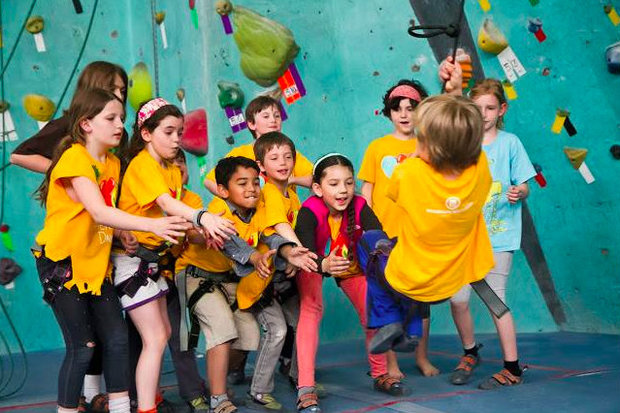
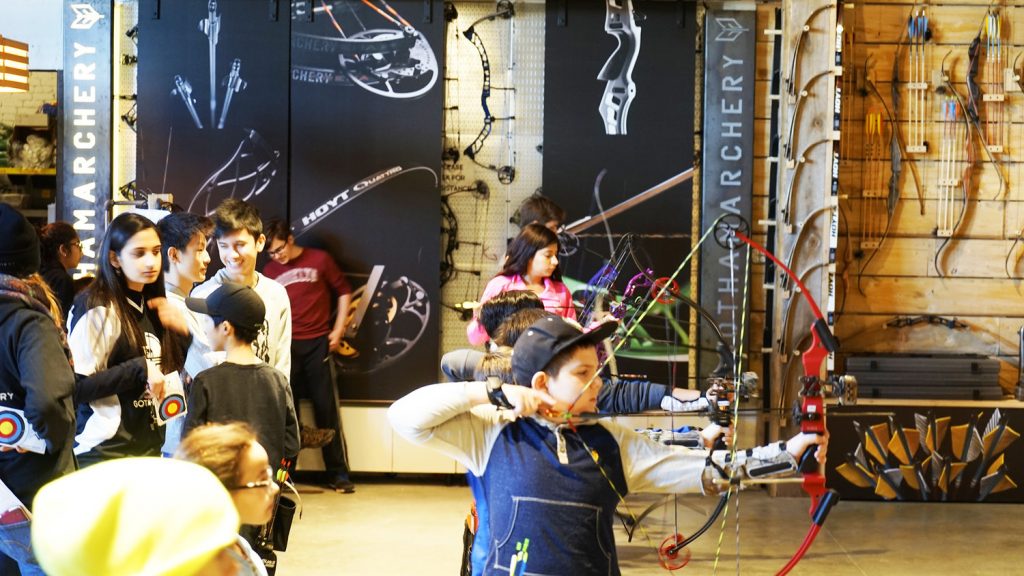
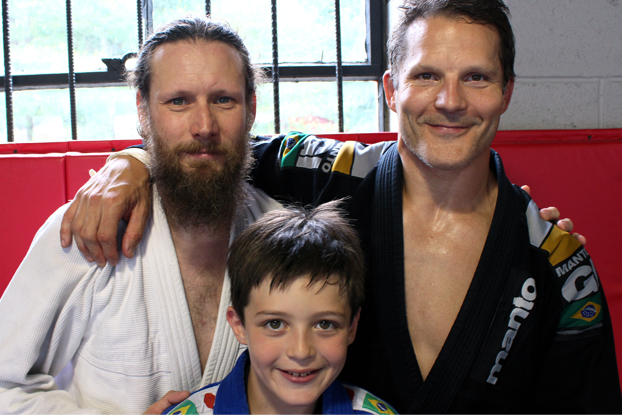
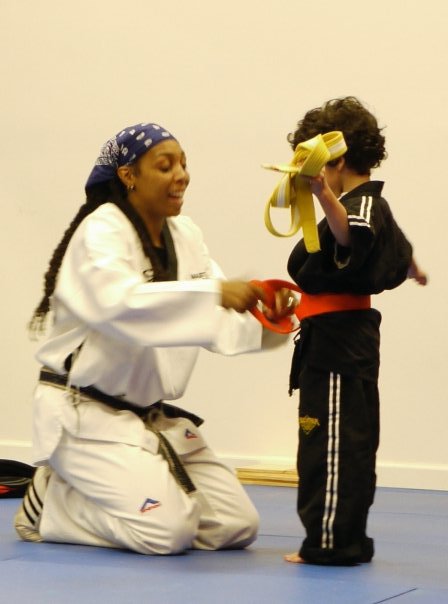
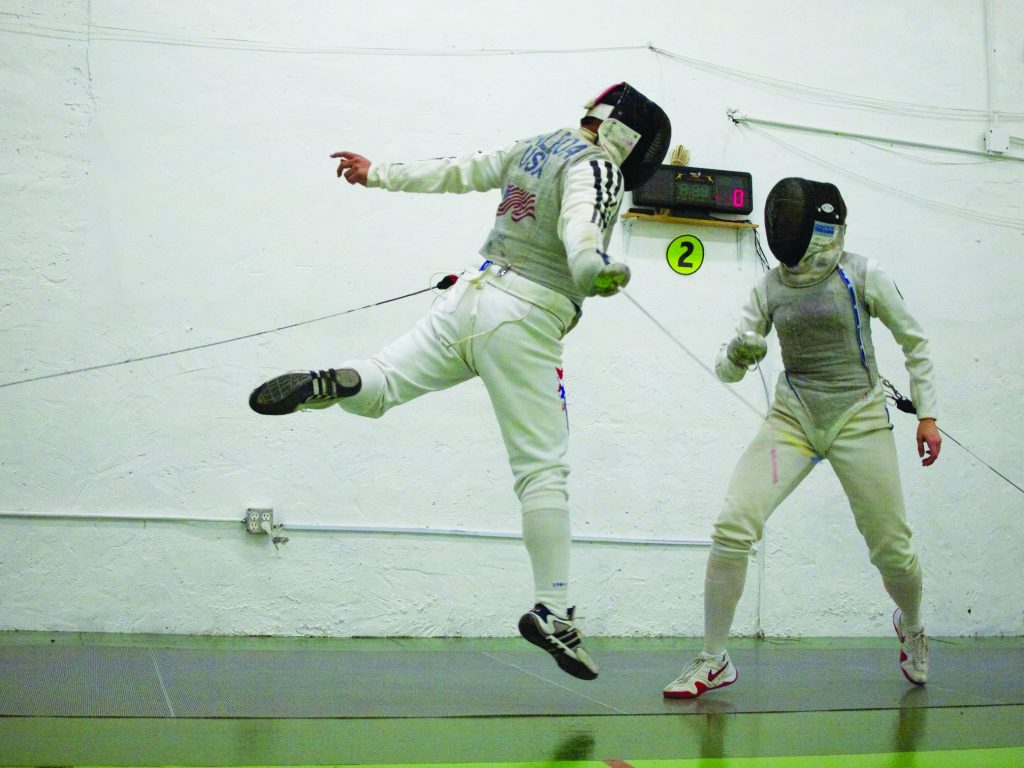
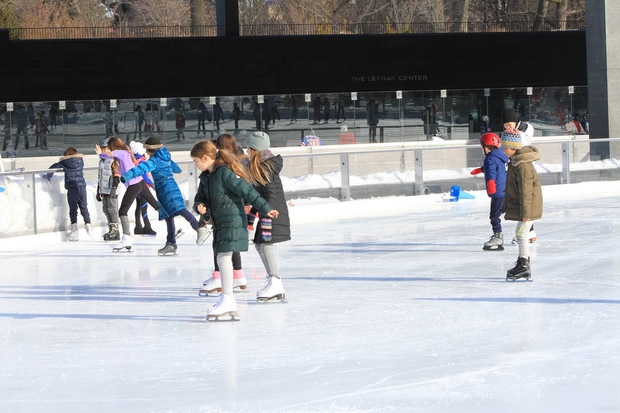
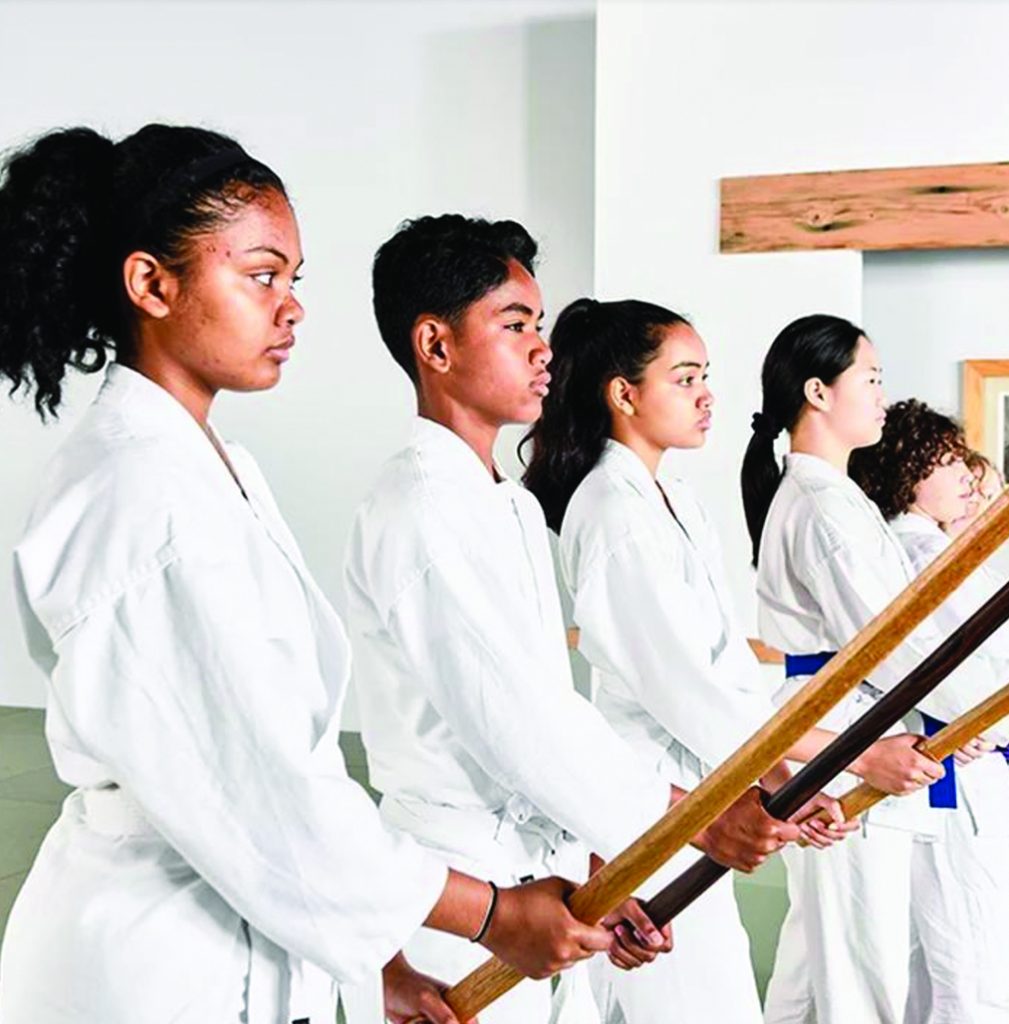
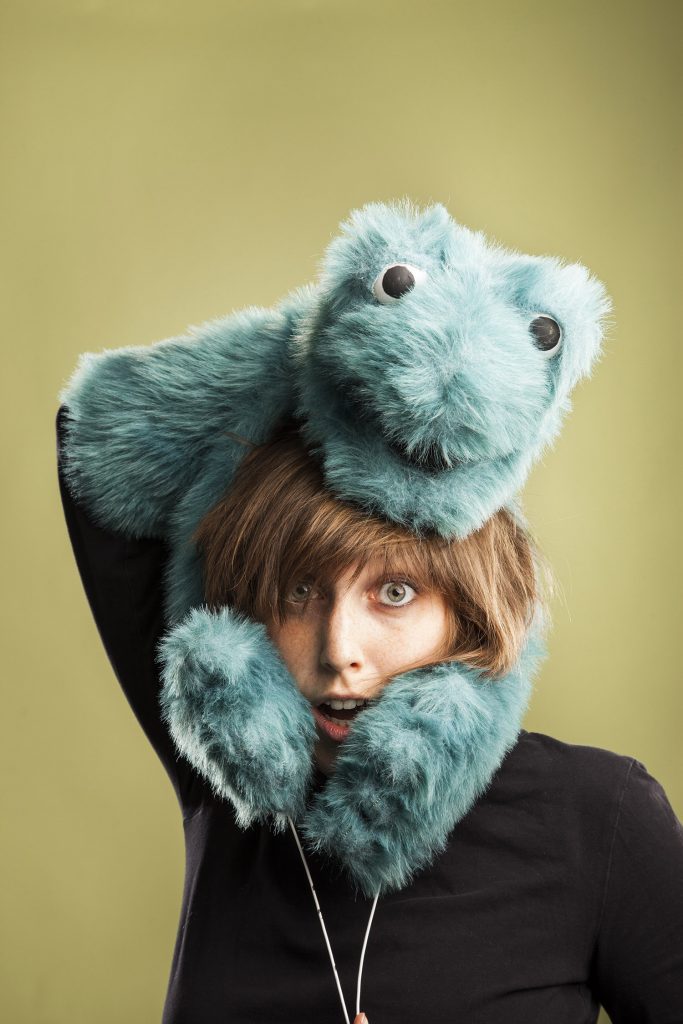
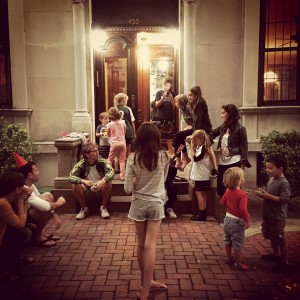

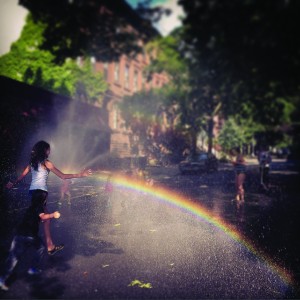
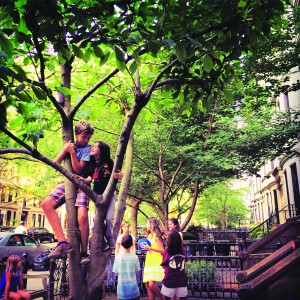
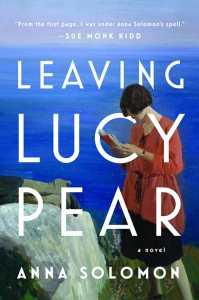 Leaving Lucy Pear by Anna Solomon
Leaving Lucy Pear by Anna Solomon 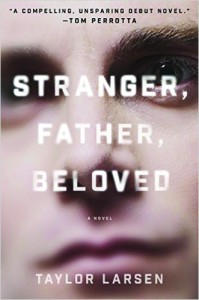 Stranger, Father, Beloved by Taylor Larsen
Stranger, Father, Beloved by Taylor Larsen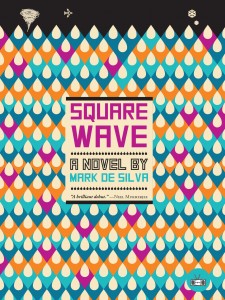
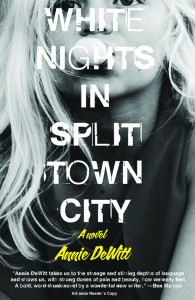 White Nights in Split Town City by Annie de Witt
White Nights in Split Town City by Annie de Witt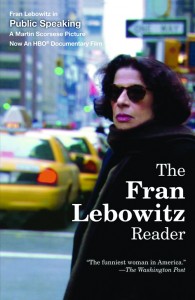 The Fran Lebowitz Reader
The Fran Lebowitz Reader